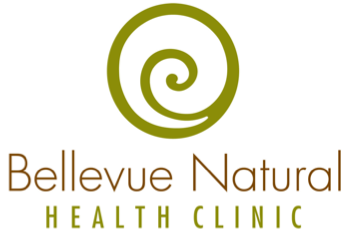As many as one in 100 North Americans have celiac disease. Believe it or not, bloating, gas, diarrhea or constipation, itchy skin, fatigue and frequent headaches are some of the most common complaints seen in people with celiac disease.
Why is celiac disease a concern? Undiagnosed celiac disease can lead to a lifetime of suffering. It can also increase the risk of developing autoimmune disorders of the thyroid, increase the risk of developing cancer and even cause neurological damage. The good news, however, is that removing gluten from the diet will often improve or reverse much of the damage caused by this disease.
Celiac disease, also known as celiac sprue, is typically thought of as strictly a gastrointestinal disease, manifesting in chronic diarrhea and/or constipation. However, new research and improved diagnostic techniques are proving otherwise. Celiac disease is an immunological disease in which a person is hypersensitive, or reactive, to gluten. Gluten is a protein in grains such as wheat, spelt, barley and rye. When a person who is hypersensitive to gluten ingests gluten, it damages the small intestine, leading to malabsorption of nutrients and many other problems.
On average, it takes nine to 11 years to be diagnosed. In fact, it is common to be diagnosed with irritable bowel syndrome (IBS), eczema or other skin irritations, fibromyalgia, gastro-esophageal reflux disease (GERD) or migraines before the accurate diagnosis of celiac disease. Other conditions associated with celiac are weight loss or obesity, diabetes, polycystic ovarian syndrome, osteoporosis, frequent colds, multiple food sensitivities and even clumsiness. In children, a hallmark symptom is irritability. If you have chronic muscle cramps, canker sores, insomnia, multiple sclerosis or chronic constipation, it is worthwhile to explore the possibility of celiac disease.
The current gold standard for diagnosis of celiac disease is through an intestinal biopsy. However, there are simple blood tests that are done prior to this to test for antibodies against gluten. The body, in response to the gluten that it deems foreign, produces these antibodies. If there is a first degree relative with a positive test result, all family members should be tested, even if there are no symptoms. Many people with celiac disease can remain symptom-free, while there is continuous damage to the body.
Once a diagnosis is made, gluten is eliminated from the diet. Gluten is in wheat, spelt, kamut, barley and rye. Oats don’t contain gluten, but they are often contaminated with gluten due to being manufactured in the same facility. A patient can expect symptoms to improve in two to four weeks after eliminating gluten.
How important is it to eliminate completely? Research suggests that even one molecule of gluten per day is enough to cause intestinal damage. Patients must remain gluten-free for life or risk a significant increase in mortality, not to mention discomfort. Fortunately, mortality risk is often back to “normal” within a year of living gluten-free. Gluten is not only in the food we eat, but also in products like cosmetics, glues and medications.
Naturopathic medicine can help with the challenges of the gluten-free diet, providing nutritional advice and support, assessing and repairing damage and correcting any deficiencies. Going gluten-free is often overwhelming and extremely time consuming at first. There is help out there, though.
In addition to asking a naturopathic physician, people can find information about celiac disease on many websites like www.celiac.com which offer tips, recipes and message boards. Search your library or local bookstore to find a plethora of gluten-free living cookbooks. If you are suffering from a chronic illness, have gastrointestinal complaints, or simply unexplained and unrelenting fatigue, consider celiac disease. Eliminating gluten from your diet just might bring you the relief that you have been seeking for many years. Contact the Bellevue Natural Health Clinic to speak to a Naturopath and holistic nutritionist.
